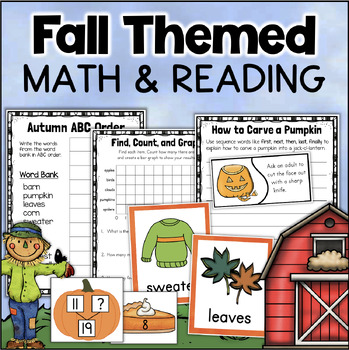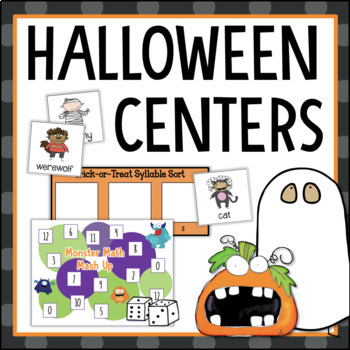A couple of years ago, my district did away with out-of-county field trips because of gas prices. Then they cut back on field trips even further because they had to align directly with the standards. So this year I've been looking at virtual field trips. No, there isn't a bumpy bus ride or parents coming along as chaperone; but it can still be a lot of fun.
Some ideas to make your virtual field trip more exciting:
- Let students bring a brown bag lunch and eat outside
- Take lots of pictures just like you would on a real field trip
- Have students keep a journal where they write ideas, feelings, and things they learned during your virtual trips.
- Link up with another class from the location of your virtual trip. Exchange letters or post cards beforehand. Get your class exciting about "visiting" their town.
So where can you go on your virtual field trip? Visit a rain forest or the desert. Check out an amazing zoo or museum. See beaches or mountains or even a volcano. How about watching an orchestra perform or strolling the streets in a historic town? There are so many sites you can visit online. Just project the video or virtual tour so everyone can see.
My favorite virtual field trip is this amazing interactive tour of the Smithsonian Museum of Natural History.
On this tour, you can wander through every exhibit on all three floors. You can also go outside and view the gardens. As you work your way through the museum, you can zoom in to read all of the placards and signs. There are little camera icons called hotspots that you can click on to see something in greater detail. The best part of the tour is the 360 degree viewing capability. By dragging the screen with your mouse, you can view the entire room - even the floor or ceiling. Another great feature is the ability to visit past exhibits that are no longer on display.
I suggest starting the tour together as a whole group and then letting students have an opportunity to explore the museum themselves on ipads or computers. You could even send them on a scavenger hunt to find certain things or bits of information. Each wing and room of the museum is marked which makes it easy for students to record where something is located.
Here are some other interesting virtual tours and field trips:
- The First Thanksgiving
- Journey North: A Study of Migration
- Immigrant & Tenement History
- Tour of Monticello
- Supreme Court Tour
- Virtual 4-H Farm
So what are you waiting for? Get going on your next field trip!









